How To Compile A CV For Learnerships
Meta Description:
Learn how to compile a CV for learnerships in South Africa. Follow simple steps to create a professional CV and increase your chances of selection.
How To Compile A CV For Learnerships
Are you ready to apply for a learnership but not sure how to create a CV that stands out? You’re not alone. For many South Africans, applying for a learnership is the first step toward a real job. That’s why knowing how to compile a CV for learnerships is so important.
A CV (Curriculum Vitae) is your first opportunity to show employers what you can offer. It tells them who you are, what you can do, and why you should be considered. If you create a clear and professional CV, you’ll increase your chances of being shortlisted and invited for an interview.
Let’s go step by step through how you can compile a strong CV for your learnership application.
Why a Good CV Matters for Learnerships
Learnerships help young people move from school or college into the working world. They combine training with work experience, so companies want to choose learners who look motivated and ready to learn.
Because employers receive hundreds of applications, a neat and well-organized CV helps you stand out. It shows that you take your future seriously and that you understand professional standards.
So, let’s look at how to build a CV that makes a strong impression.
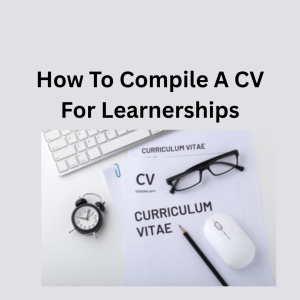
Step 1: Start with Your Personal Details
Your CV should always begin with your personal information. This part must be clear and easy to read.
Include the following details:
- Full name
- Home address
- Contact number
- Email address
- ID number (optional but recommended for learnership applications)
Make sure the contact details you provide are correct and that your email address looks professional. Avoid using nicknames or informal emails. For example, use something like yourname@gmail.com instead of cuteboy123@…
This simple detail already shows employers that you are professional and serious.
Step 2: Write a Personal Statement
Next, add a personal statement — a short paragraph that describes who you are and what you aim to achieve.
This section should highlight your goals, interests, and what makes you a good fit for the learnership.
For example:
“I am a motivated and hardworking individual with strong communication and teamwork skills. I am eager to gain practical experience through a learnership that will help me build my career in the business and administration field.”
Keep it brief — about 3–5 lines — and make sure it matches the learnership you are applying for. This short statement gives your CV personality and direction.
Step 3: List Your Qualifications
Your qualifications section should come next.
List them in reverse chronological order, which means starting with the most recent qualification first.
Include:
- The name of the school or institution
- The qualification name (e.g., Matric Certificate, NQF Level 4, etc.)
- The year completed
- Any subjects or results worth mentioning
If you are still studying, mention it like this:
“Currently completing NQF Level 5 in Business Management (expected completion: November 2025).”
This shows you are continuing to learn and develop your skills.
Step 4: Include Your Work Experience
Even if you haven’t worked before, you can still add relevant experiences.
Start with your most recent role and include:
- Company or organization name
- Job title or role (e.g., Admin Assistant Intern)
- Duration of work (e.g., June 2023 – December 2023)
- A few bullet points describing your duties
For example:
ABC Company – Office Intern (Jan 2023 – Jun 2023)
- Assisted with data capturing and filing.
- Supported team members with admin tasks.
- Learned basic office and communication skills.
If you don’t have formal work experience, include volunteer work, internships, or school leadership roles.
Employers value initiative, so mention anything that shows responsibility, teamwork, or problem-solving.
Step 5: Highlight Your Skills
Employers look for skills that match the learnership role.
List 5–8 relevant skills in bullet points for easy reading.
Examples include:
- Computer literacy (Microsoft Word, Excel, or PowerPoint)
- Good communication skills
- Teamwork and collaboration
- Problem-solving ability
- Time management
- Customer service
- Adaptability
Even soft skills matter. So, think about what you’re naturally good at and include those too.
Step 6: Add Your Achievements
If you have received awards or recognition, list them under a separate “Achievements” section.
Achievements can include:
- Certificates of excellence
- Academic awards
- Sports or leadership recognition
- Volunteer acknowledgments
This section helps your CV stand out and shows that you’re motivated to succeed.
Step 7: Add References (Optional)
You can include references if available.
These are people who can confirm your work ethic and reliability, such as teachers, mentors, or previous supervisors.
List their:
- Name
- Job title
- Organization
- Contact details
If you don’t have references yet, you can write “References available on request.”
Extra Tips for a Strong Learnership CV
Here are some quick tips to make your CV look professional:
✅ Keep it 1–2 pages long — short and focused.
✅ Use clear headings and bullet points.
✅ Avoid spelling and grammar mistakes.
✅ Use a simple, readable font like Arial or Calibri.
✅ Save your CV as a PDF before sending it online.
✅ Always customize your CV for each learnership application.
Remember: a professional CV shows effort, and effort gets noticed.
Example Layout of a Learnership CV
Full Name
Address | Contact Number | Email
Personal Statement
A short 3–5 line paragraph summarizing your goals and motivation.
Qualifications
- National Senior Certificate – ABC High School (2022)
- Computer Skills Certificate – XYZ Centre (2023)
Experience
- Volunteer – Local Youth Centre (2023)
Helped organize community events and assist staff with admin duties.
Skills
- Good communication and teamwork
- Time management
- Basic computer knowledge
Achievements
- Top Student in English (2022)
- Youth Leadership Award (2023)
References
Available upon request
This simple layout is clean, easy to read, and perfect for learnership applications.
Frequently Asked Questions (FAQ)
1. Do I need a CV for a Learnership?
Yes. A CV is required for almost all learnership applications. It helps employers see your skills, qualifications, and potential.
2. What format should my CV be in?
Always send your CV in PDF format to keep the layout neat and prevent editing issues.
3. What if I don’t have experience?
You can include school projects, volunteering, or community activities. Focus on what you learned and how it shows your strengths.
4. How long should my CV be?
Your CV should be no more than two pages. Keep it short, simple, and relevant.
5. Can I include a photo on my CV?
Adding a photo is optional. If you include one, make sure it looks professional.
Final Thoughts
Learning how to compile a CV for learnerships gives you a big advantage when applying. A clear, well-structured CV makes a strong impression and increases your chances of success.
So, take your time, follow the steps, and show employers that you’re ready for this opportunity. With the right CV, your dream learnership could be just one click away.
👉 Start now — prepare your CV and apply for Learnerships 2025!
👉 See more Learnerships 2025
Suggested internal links (with anchor text SEO keywords):
- How to Apply for FNB Learnership 2025 – FNB Learnership application guide
- How to Apply for Edupower Learnerships 2025 – Edupower Skills Academy Learnerships
- How to Apply for ECD Learnership 2025 – Early Childhood Development Learnership guide
- Register Your CV at Transnet – Transnet employment opportunities
- Upload Your CV on the Department of Labour Database – Find jobs through Department of Labour system
✨ I’m a Google AdSense Publisher, Job Sharist, Content Creator, and Digital Marketer.
I specialize in sharing career opportunities, building engaging content, and driving traffic through smart digital strategies. My passion is helping people discover new opportunities while growing brands through online visibility and marketing.

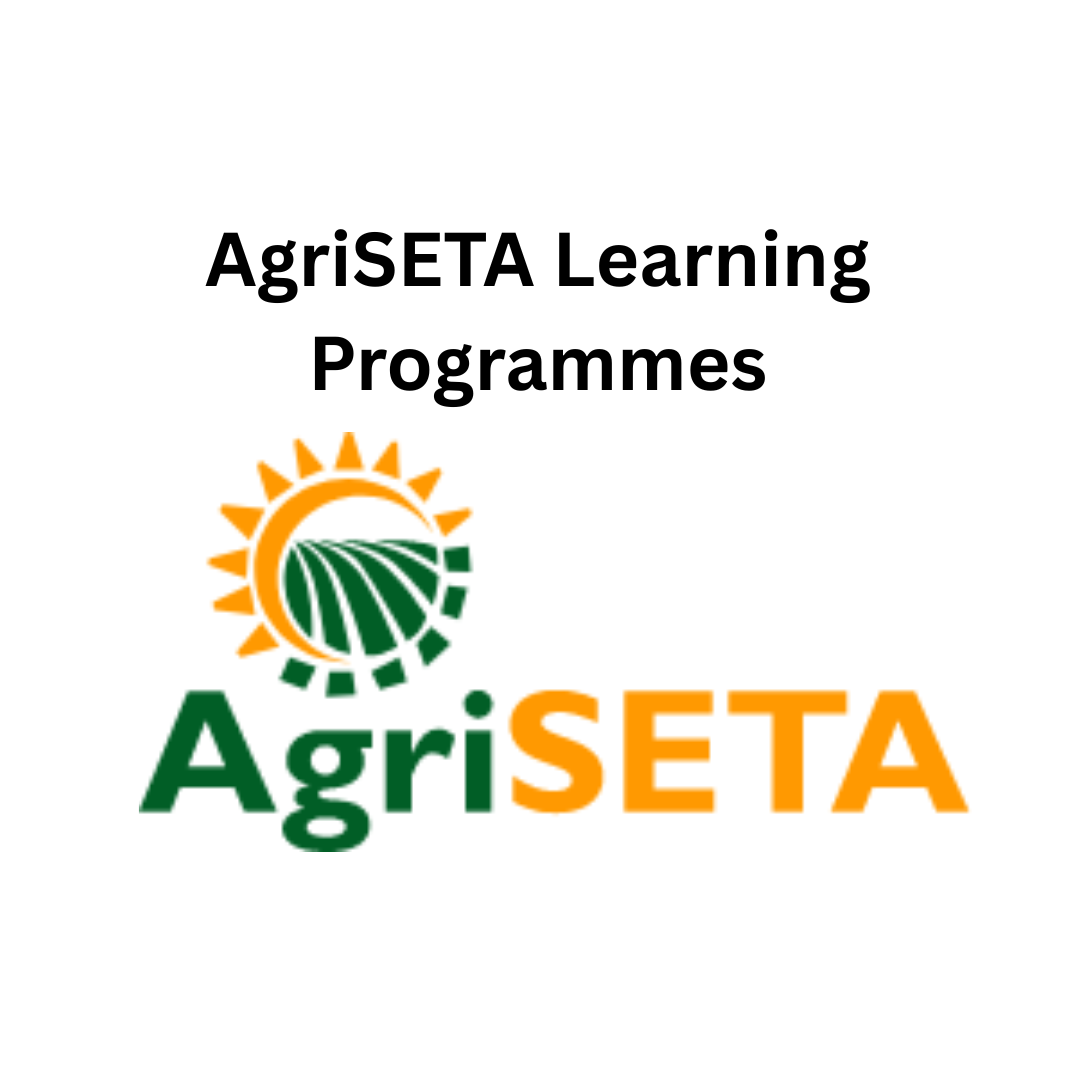
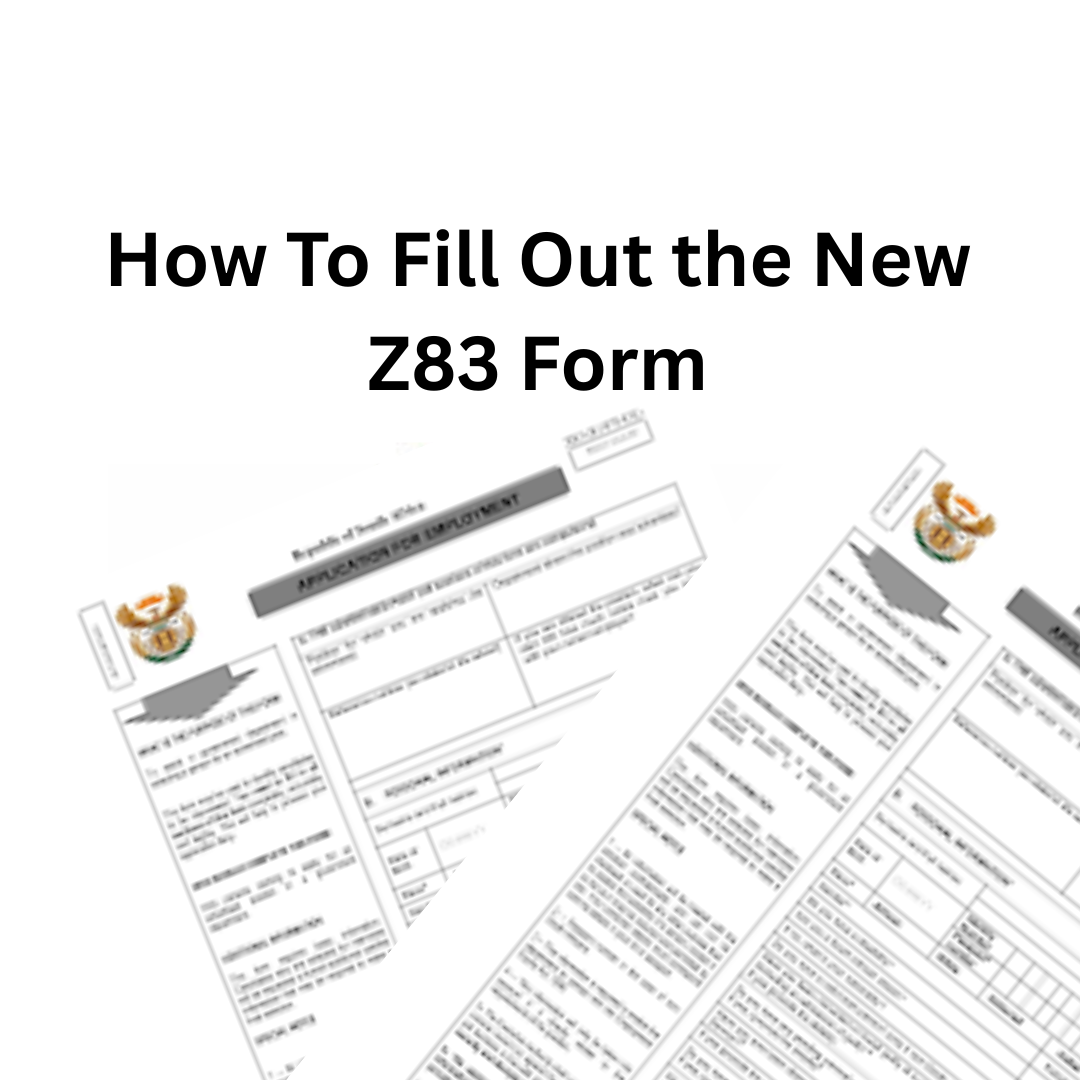
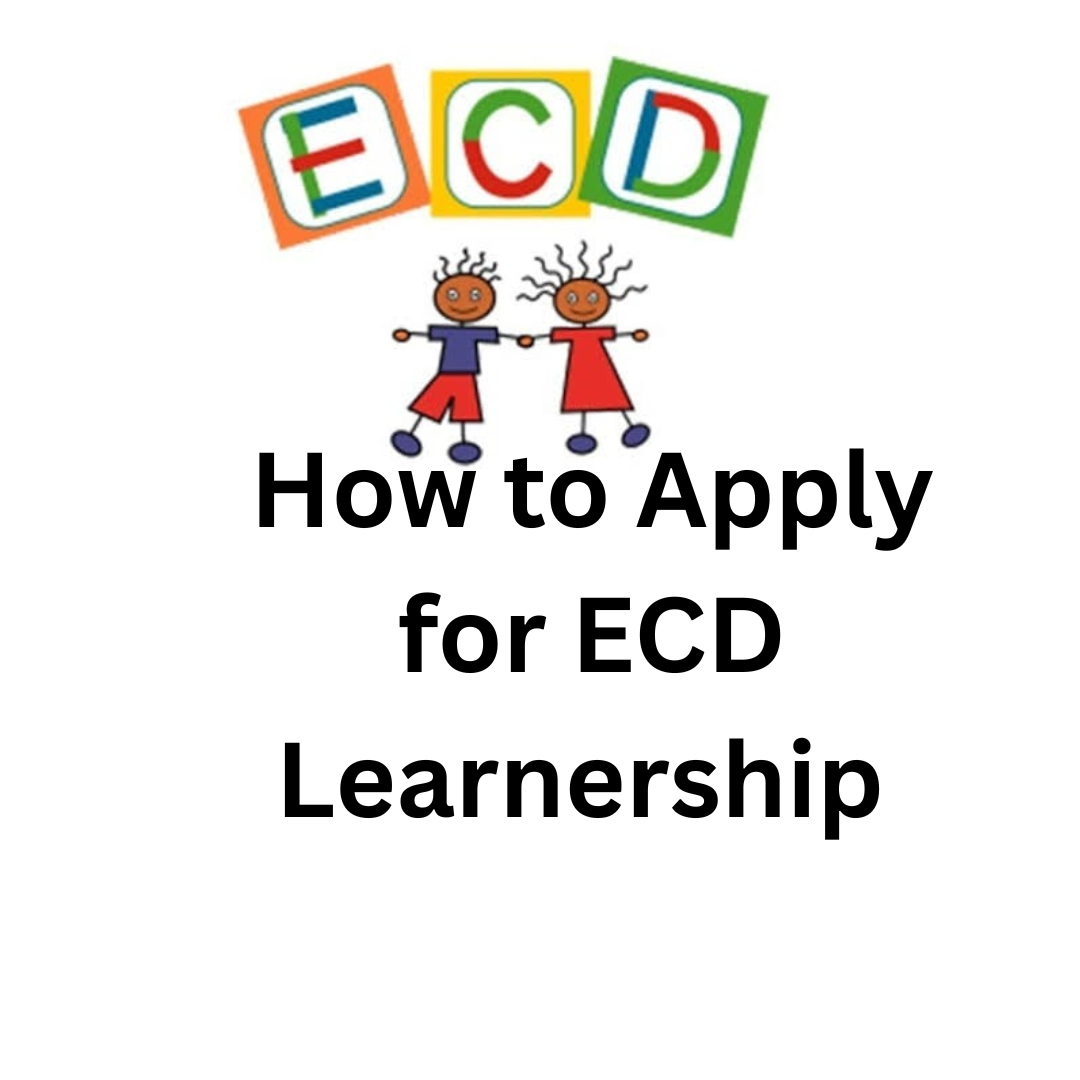
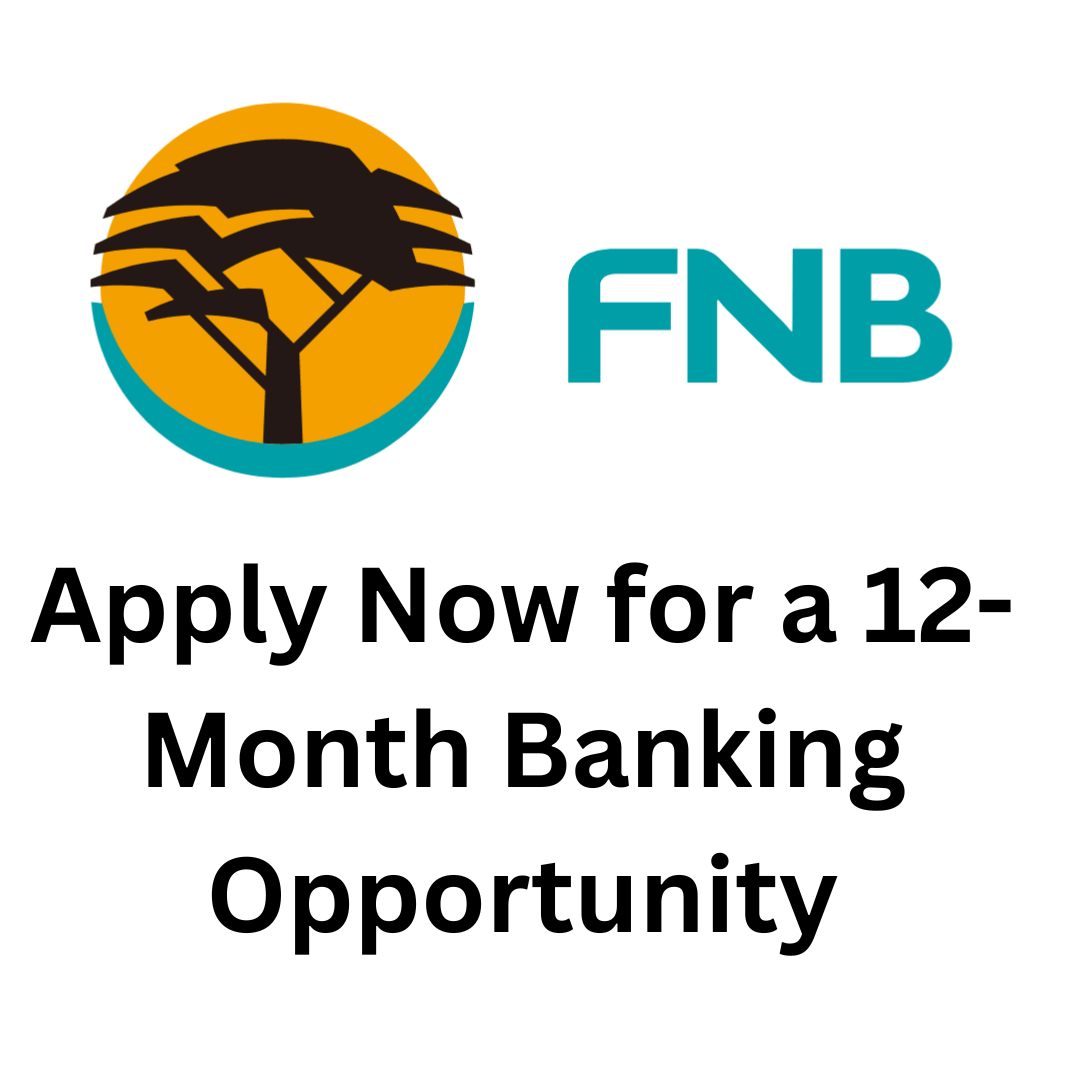

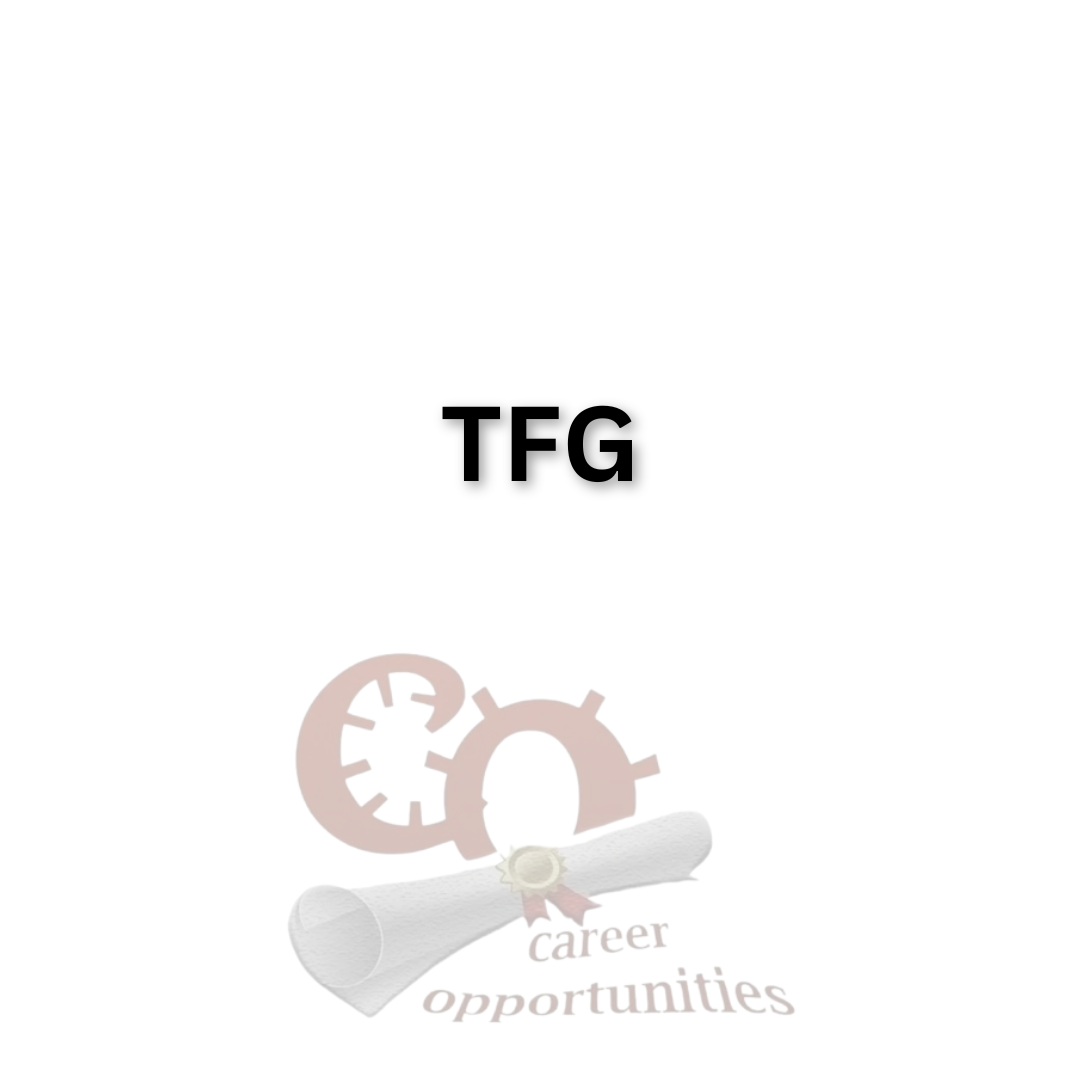
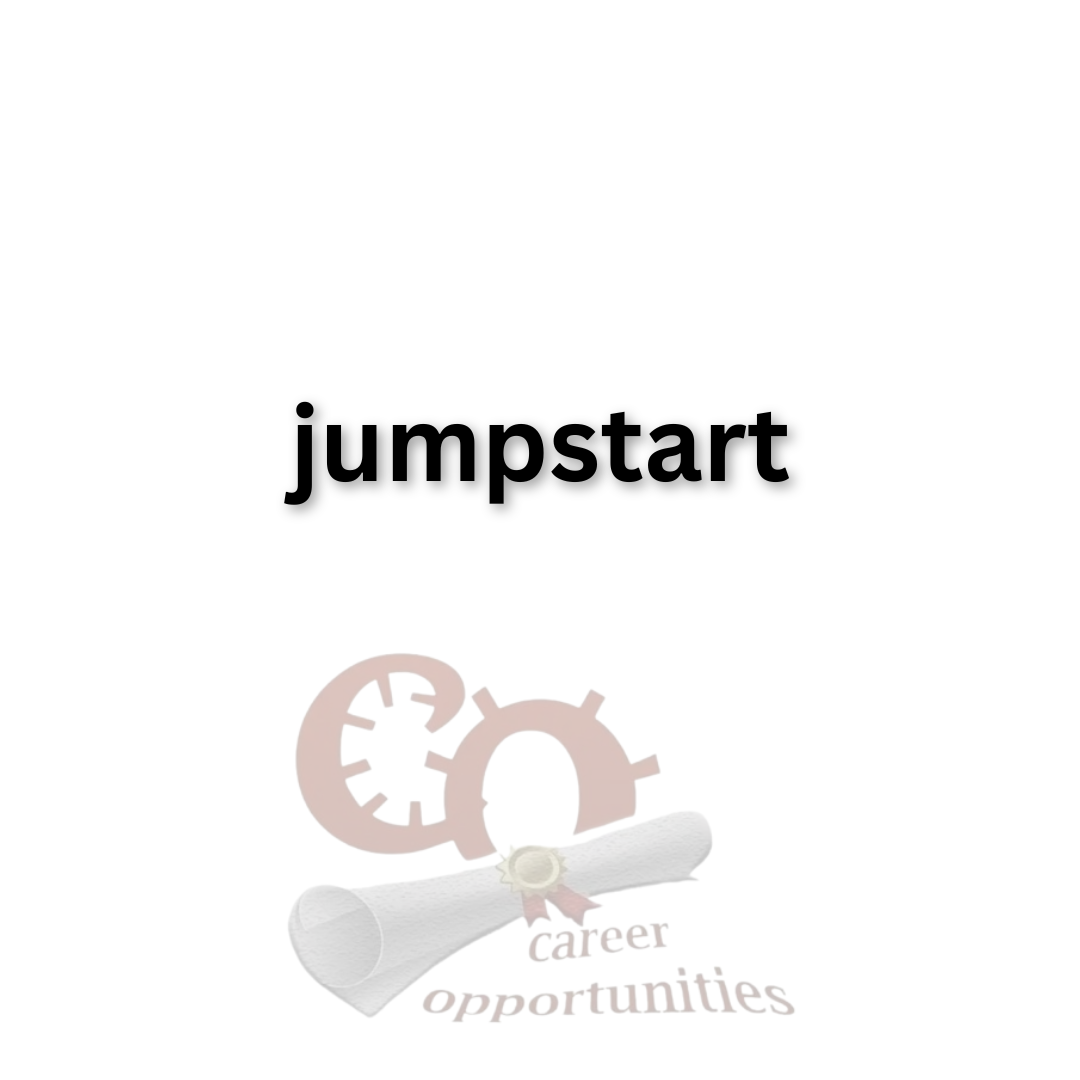

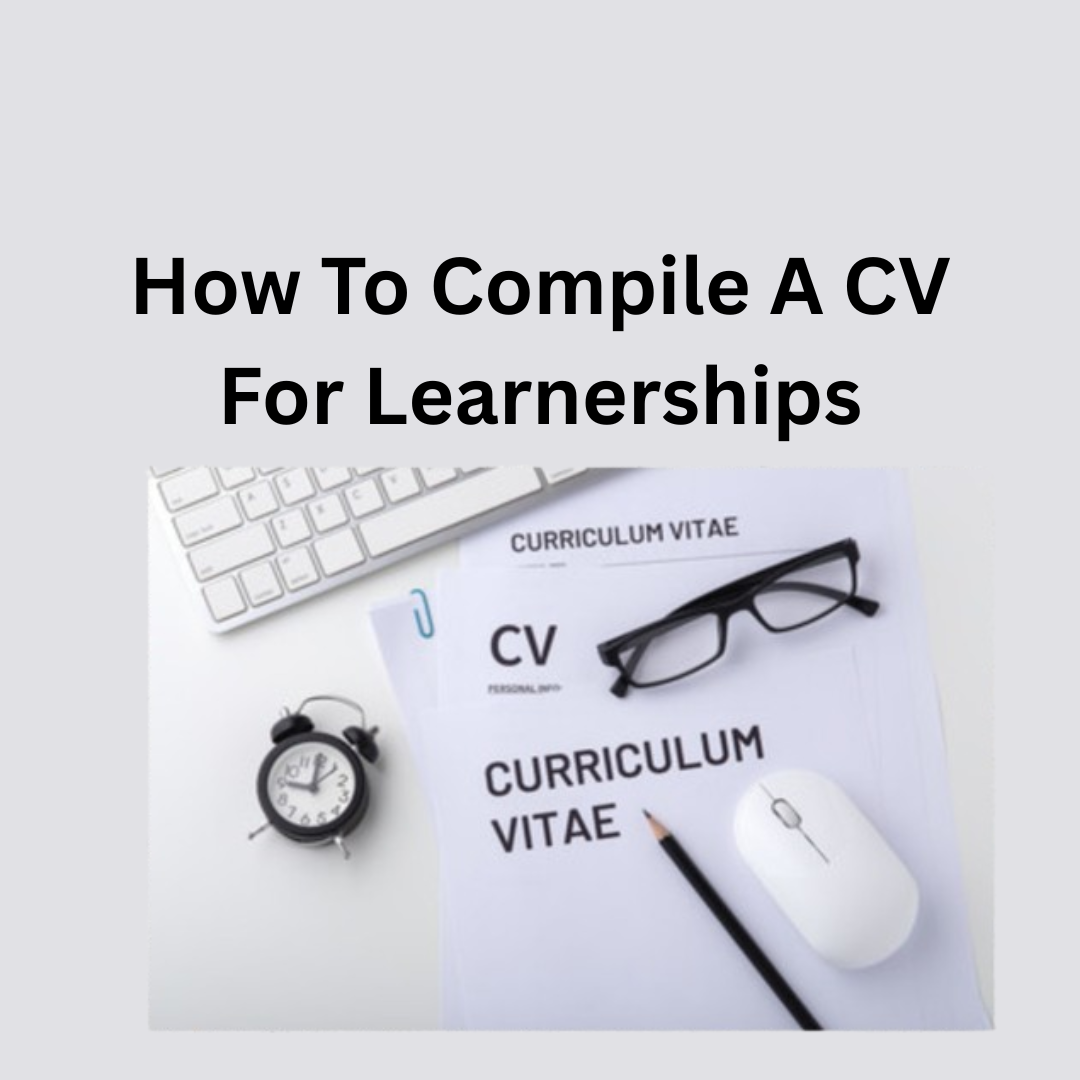

 Follow us on Google News
Follow us on Google News